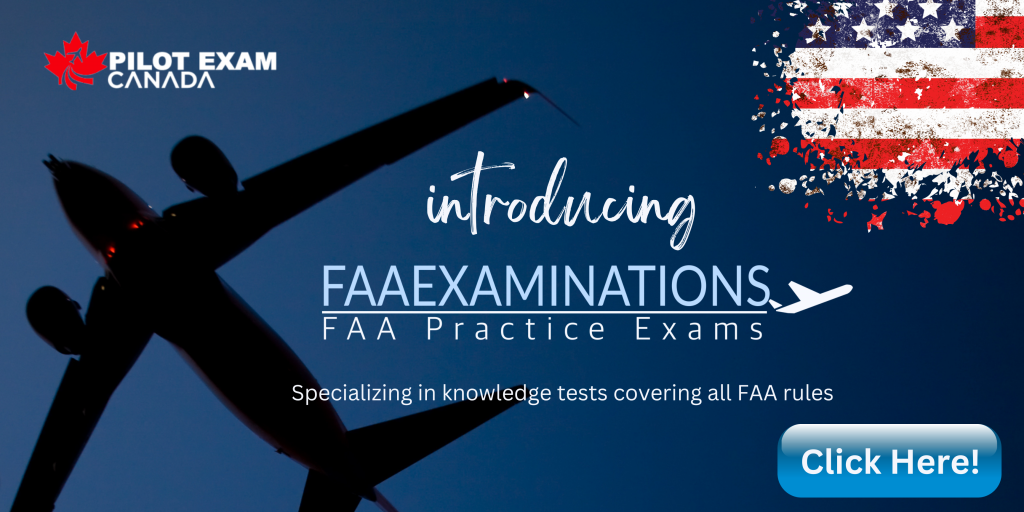On May 16, 2024, the Air Transport Association of Canada (ATAC) held a Symposium in Ottawa on Pilot Recruitment. This was an organised event highlighting the need for nearly 6,000 pilots in the next 20 years.
Representatives from Sunwing, Porter, Jazz, Bearskin, Transwest Air, Waterloo Wellington Flight Centre, and ALPA described their perspective on the impact of the growing demand for pilots on our market and suggested ways forward.
Airbus and Boeing forecast that the need for new pilots to be trained in the next twenty years to exceed 500,000 worldwide. The information also indicates that there will be a shortage of 6,000 pilots in Canada within twenty years if no action is taken to increase the number of people entering the profession.
Unfortunately, the number of Canadian trained pilots each year has been stagnant while demand grows. Data indicates that we are falling behind by over two hundred pilots a year in Canada which impacts the way Canadian airlines do business.
The problem doesn’t only lie in Canada. The US FAA is reporting a similar outlook but with greater numbers and the market outlook by Airbus and Boeing points to an insufficient number of trained pilots to meet market demand worldwide.
Canadian pilots are also sought after by foreign airlines due to the robust training provided by Canadian flights schools. Canadian carriers of all types are finding it increasingly difficult to find qualified and experienced pilots. Attracting and retaining pilots to remote locations and smaller communities in all provinces and territories is proving to be more and more challenging.
The small and regional carriers are already suffering from the growing demand for pilots, often compromising their operations as pilots are swept away faster than they can be trained.
Flight training organizations are finding it increasingly challenging to retain flight instructors as they are also the target of larger airlines in dire need of experienced pilots.
Retirement age is also a factor, a number of pilots are reaching retirement age and this has an affect when calculating recruitment figures. The United States has a mandatory retirement age of 65 and we are seeing the demand for pilots increasing due to this fact along with many other factors. As a result of the combination of factors, we expect that North America will be short nearly 30,000 pilots by 2032.
We expect the Middle East to be the region affected soonest by the shortage outside of North America, driven by a projected sharp increase in air travel demand over the next few years. The region faced a shortage of 3,000 pilots during 2023 and that could increase to 18,000 by 2032.
Europe currently is in surplus and we expect it to remain so until the middle of the decade, but then forecast a shortage of 19,000 pilots by 2032, driven predominately by increased demand.
Asia currently has a surplus of pilots as well, mainly due to the impacts of COVID-19 restrictions on demand, but we anticipate that Asia will begin to see a shortage of pilots toward the end of the decade as demand growth resumes.
Aircraft maintenance professionals and flight attendants also see demand exceeding supply. As if the situation was not already alarming enough, new flight and duty rules recently tabled by Transport Canada will only increase the demand for pilots and exasperate the shortage.
The aviation industry has pointed out to the authorities that their new rules will jeopardize safety rather than increase it. It is unacceptable that new rules, aimed at augmenting safety, could have the reverse effect because they are putting pressure on industry to rely on less experienced pilots to meet the market demand.
Most airlines in Canada have been in talks regarding pilot pay, working conditions, and benefits. Several airline pilot unions have gotten to the point of industrial action. This is a positive reaction as pay has been stifled along with many other cost-saving aspects undertaken by management.
The airline industry is now being forced to compensate much higher pay and benefits packages to be in line with their U.S counterparts. This is now enabling the pilot profession to attract more pilots and give them confidence that this is the career they want and they will be compensated accordingly.
So pilot demand is higher than it has ever been within Canada and worldwide. The career path has become more lucrative and this will continue for the next 20 years as demand for travel increases.
There is no better time to become a pilot and as your training progresses the products we provide will be an invaluable asset in assisting you in passing your aviation exams.
SPP (Student Pilot Permit) – PSTAR & Radio Exams
PPAER (Private Pilots License) – PPL Exams
CPAER (Commercial Pilots License) – CPL Exams
IATRA (Aeroplane Type Rating for Two Crew or Cruise Relief Pilots) – IATRA Exams
AIRAF (Class 4 – Flight Instructor Rating) – Instructor Rating Exams
Our members have access to all the required practice examinations in order to become a commercial pilot and we have had extreme success in helping pilots get into the career they have always dreamt about.
Pilot Exam Canada has
taken the hard work out of studying for your aviation exams…Start Today!



